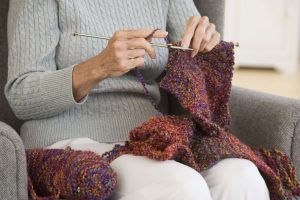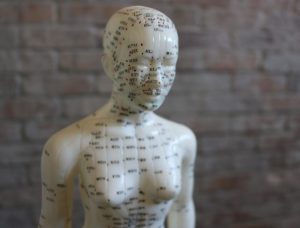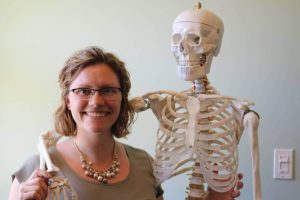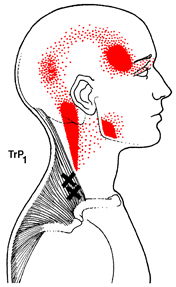The Big Three to Relieve Low Back Pain

Back pain plagues four out of five Canadians at some point throughout their lifespan. It can be quite debilitating, and affects basic tasks throughout your day. Often clients describe how their back pain started, perhaps by reaching down to grab something off the floor or by twisting and reaching. This is often the straw that broke the camels back, however the true problem likely started many years before. We are very good at creating compensations and moving to get away from a problem. Over time compensating can create more wear and tear somewhere else in the body. Therefore, it is essential to have a look at how people are moving as a whole while comparing their movement to the local pain and dysfunction. This comprehensive view will give a clear picture as to larger movement problems or compensations that may be contributing to the acute problem and pain.
Recently, on CBC radio, a story featured Stuart McGill’s Big Three exercises to relieve back pain. Clinically, I use these exercises very frequently, even for people that may be having shoulder pain or even knee or ankle pain.

 Peripheral Neuropathy
Peripheral Neuropathy Physiotherapists play a vital role in helping individuals improve and maintain functions that may be limited by Peripheral Neuropathy (PN). PN has a variety of causes, types and symptoms and therefore it is essential for each treatment plan to be tailored to help address each patient address their specific needs and goals. Physiotherapy may be helpful in maintaining strength, mobility, and function regardless of the underlying cause of PN.
Physiotherapists play a vital role in helping individuals improve and maintain functions that may be limited by Peripheral Neuropathy (PN). PN has a variety of causes, types and symptoms and therefore it is essential for each treatment plan to be tailored to help address each patient address their specific needs and goals. Physiotherapy may be helpful in maintaining strength, mobility, and function regardless of the underlying cause of PN. Clients commonly ask me if I offer “deep tissue” massage. The simple answer is yes, it is a part of every massage therapist’s training. However, it is not always the most effective approach. In my experience, ‘forcing’ a muscle to release by digging a knuckle or elbow into it often provides only temporary relief. I’m most interested in understanding why the muscle is so tight in the first place, so that the root cause can be addressed for longer-lasting relief.
Clients commonly ask me if I offer “deep tissue” massage. The simple answer is yes, it is a part of every massage therapist’s training. However, it is not always the most effective approach. In my experience, ‘forcing’ a muscle to release by digging a knuckle or elbow into it often provides only temporary relief. I’m most interested in understanding why the muscle is so tight in the first place, so that the root cause can be addressed for longer-lasting relief. Can Massage Therapy help with my headaches? Yes! Although Massage Therapy may not spring to mind as a typical intervention for ongoing headaches, I have had a lot of success over the years treating clients for head pain. There are a few ways Massage Therapy can address headaches, but the most common way is by addressing trigger points in the neck and upper back. A trigger point is a specific point in a muscle that, when stimulated, can cause referred pain. These pain patterns are remarkably consistent from one person to another and there are A LOT of trigger points that refer to the head, mimicking a headache. Some trigger points can even mimic migraines or cause some autonomic phenomena to occur, such as watery eyes, runny nose, and light sensitivity. So, by addressing the tension in the neck and associated trigger points, headaches will often disappear!
Can Massage Therapy help with my headaches? Yes! Although Massage Therapy may not spring to mind as a typical intervention for ongoing headaches, I have had a lot of success over the years treating clients for head pain. There are a few ways Massage Therapy can address headaches, but the most common way is by addressing trigger points in the neck and upper back. A trigger point is a specific point in a muscle that, when stimulated, can cause referred pain. These pain patterns are remarkably consistent from one person to another and there are A LOT of trigger points that refer to the head, mimicking a headache. Some trigger points can even mimic migraines or cause some autonomic phenomena to occur, such as watery eyes, runny nose, and light sensitivity. So, by addressing the tension in the neck and associated trigger points, headaches will often disappear!
